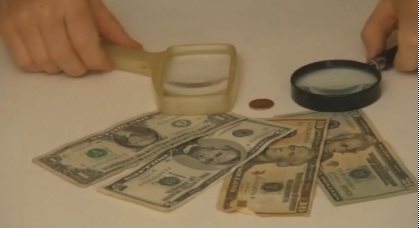 Did you know you can create a compound microscope and a refractor telescope using the same materials? It’s all in how you use them to bend the light. These two experiments cover the fundamental basics of how two double-convex lenses can be used to make objects appear larger when right up close or farther away.
Did you know you can create a compound microscope and a refractor telescope using the same materials? It’s all in how you use them to bend the light. These two experiments cover the fundamental basics of how two double-convex lenses can be used to make objects appear larger when right up close or farther away.
Things like lenses and mirrors can bend and bounce light to make interesting things, like compound microscopes and reflector telescopes. Telescopes magnify the appearance of some distant objects in the sky, including the moon and the planets. The number of stars that can be seen through telescopes is dramatically greater than can be seen by the unaided eye.
Materials
- A window
- Dollar bill
- Penny
- Two hand-held magnifying lenses
- Ruler


A lens works by bending light. This is called refraction. Magnifying glasses affect light in a way that makes an object look larger. But only if the object is a certain distance from the lens. This is called the focal point. If the object is farther away, or if you hold the lens too far from your eye, the light crisscrosses and turns upside down. Try some experiments by holding one and two lenses at different distances and see if you can get the image to appear upright.
“When I tried looking at an image far away, it flipped the image upside down. Why did it do that?” -Ian, age 8